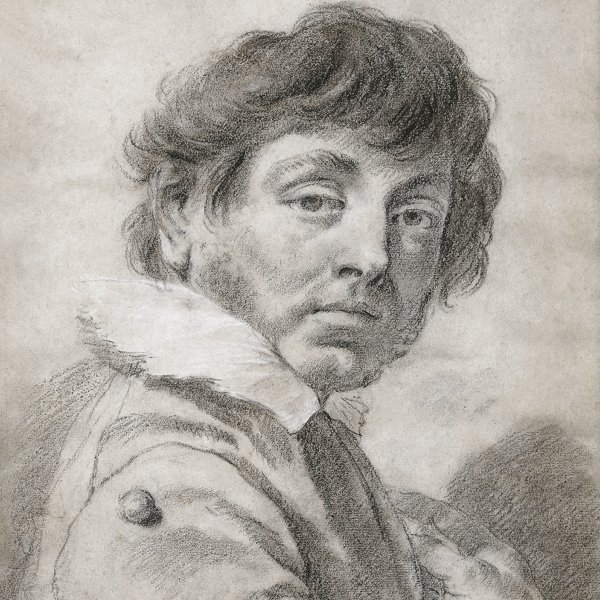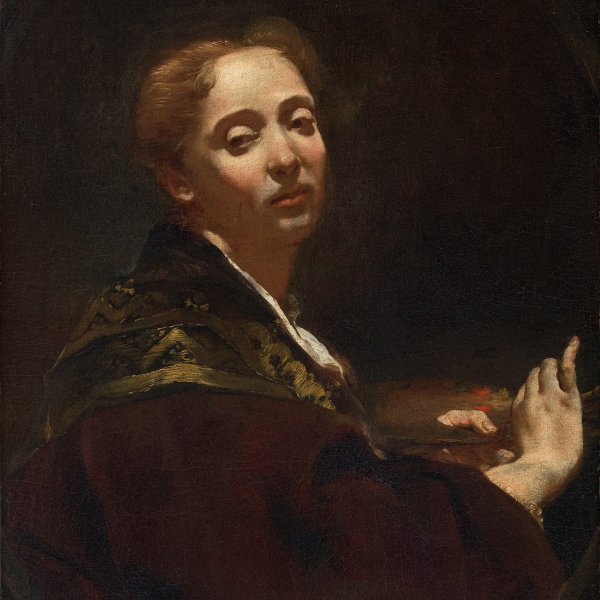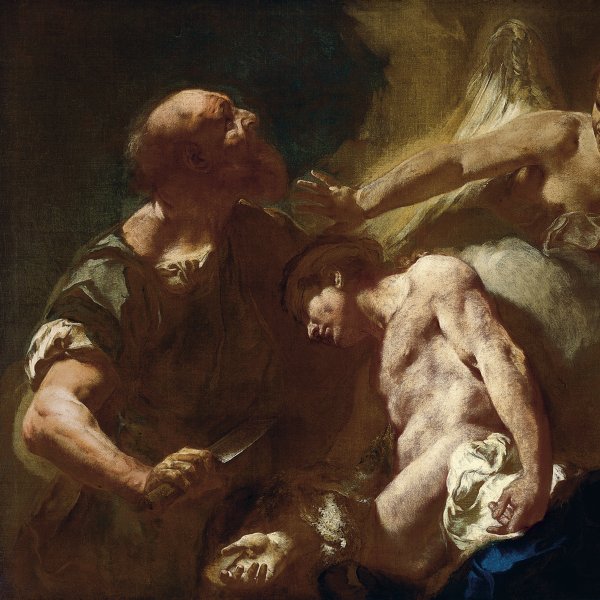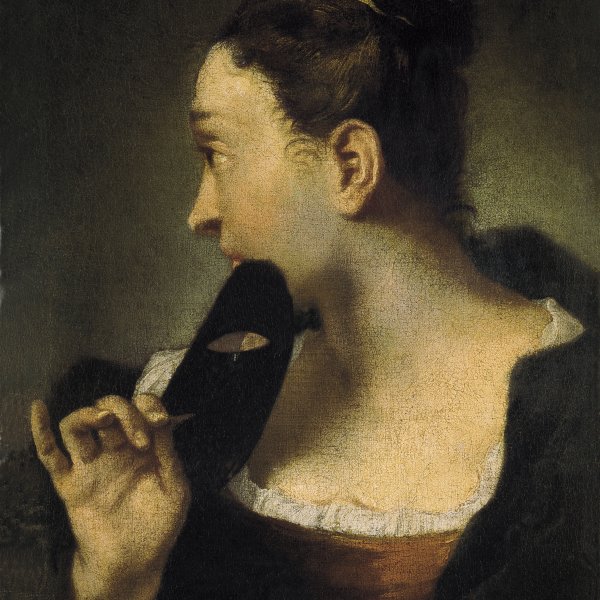Giambattista Piazzetta
Venice, 1682-1754
Giambattista Piazzetta was a Venetian painter and graphic artist who began his training in the studio of his father, a well-known wood carver. Having decided to opt for painting, he moved to the studio of Antonio Molinari where he coincided with two other talented pupils, Federico Bencovich and Giulia Lama. Piazzetta is documented in Bologna in 1703 where he continued his studies with Giuseppe Maria Crespi, and his works of this date deploy a pronounced chiaroscuro. Around 1705 he was once again in Venice and his name appears in 1711 in the records of the painters’ guild or fraglia. Among Piazzetta’s works of this period is The Martyrdom of Saint James the Apostle, painted for the Venetian church of San Stae. In the late 1720s his palette began to lighten through the use of softer, more luminous tones, evident in the works he painted for Santa Maria della Fava. Among Piazzetta’s most important compositions are a series of genre paintings, all of which are considered masterpieces: The Fortune Teller (Gallerie dell’Accademia, Venice), Pastoral Scene (Art Institute of Chicago), and Idyll on the Beach (Wallraf-Richartz Museum, Cologne). Among his works as an illustrator are the illustrations for Tasso’s Gerusalemme liberate, published in 1745 by one of Piazzetta’s patrons, Giovanni Battista Albrizzi. Between 1740 and 1750 his style became more academic with pronounced effects of chiaroscuro. Piazzetta was responsible for a new approach to genre subjects, and following his death his compositions would be imitated by other painters until the end of the 18th century.







